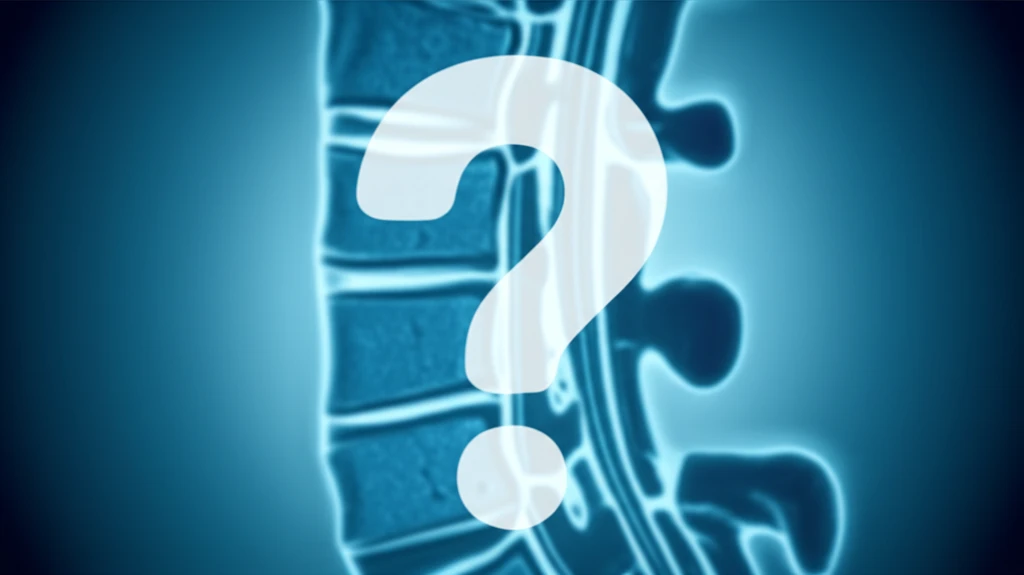
Guillain-Barré Syndrome or Something Else? A Case Study You Need to Know
"When rare conditions mimic common illnesses, early detection is key. Learn how one case highlights the diagnostic challenges and importance of swift action in neurological emergencies."
Imagine a child suddenly unable to walk, pain shooting through their legs, reflexes disappearing – the mind immediately jumps to Guillain-Barré Syndrome (GBS). GBS, an autoimmune disorder affecting the peripheral nerves, can indeed present with these frightening symptoms. But what if it's not GBS? What if it's something far rarer, yet equally devastating, mimicking the well-known signs?
This is the unsettling reality highlighted in a recent case report published in 'Brain & Development.' The study details the story of a young girl whose initial symptoms strongly suggested GBS, leading doctors down a specific treatment path. However, as time ticked by, and her condition worsened, it became clear that a different, much rarer culprit was at play: a spontaneous spinal epidural hematoma (SSEH).
SSEH, a neurological emergency involving bleeding into the space surrounding the spinal cord, can compress the delicate neural tissue, leading to paralysis, sensory loss, and even respiratory failure. The challenge lies in its ability to masquerade as more common conditions like GBS, potentially delaying crucial treatment and impacting patient outcomes.
The Case of the Mimicking Symptoms: How a Spinal Hematoma Fooled Initial Diagnosis

A previously healthy six-year-old girl arrived at the emergency department with a troubling two-day history. She complained of increasing pain in her lower extremities and was unable to walk. This followed a neck injury she sustained a month earlier, although it didn't immediately seem serious. A week before her hospital visit, she also had a severe cough and fever.
- Initial Suspicion of GBS: Based on the symptoms and initial findings, doctors suspected GBS. A lumbar puncture was performed, and while initial MRI scans of the lower spine came back normal, the cerebrospinal fluid (CSF) showed elevated protein levels – a hallmark of GBS.
- Treatment Begins: Intravenous immunoglobulin (IVIG) therapy, the standard treatment for GBS, was initiated.
- Condition Worsens: Despite treatment, the girl's condition didn't improve. The next day, she developed pain and weakness in her right upper extremity. Three days after admission, her respiratory function rapidly declined.
Lessons Learned: Why Awareness is Key
This case underscores the critical importance of considering rare conditions in the differential diagnosis, even when initial symptoms point towards a more common illness. SSEH, though rare, carries severe consequences, including permanent neurological deficits and even death. The case highlights that while GBS remains a significant concern, clinicians must maintain a high index of suspicion for other potentially reversible conditions that can mimic its presentation, such as SSEH. If a patient diagnosed with GBS presents with atypical signs, such as positive Babinski reflexes, or if their condition deteriorates rapidly despite appropriate treatment, further investigation, including spinal imaging, is warranted. Early recognition and prompt surgical intervention are critical to improving outcomes in patients with SSEH.
